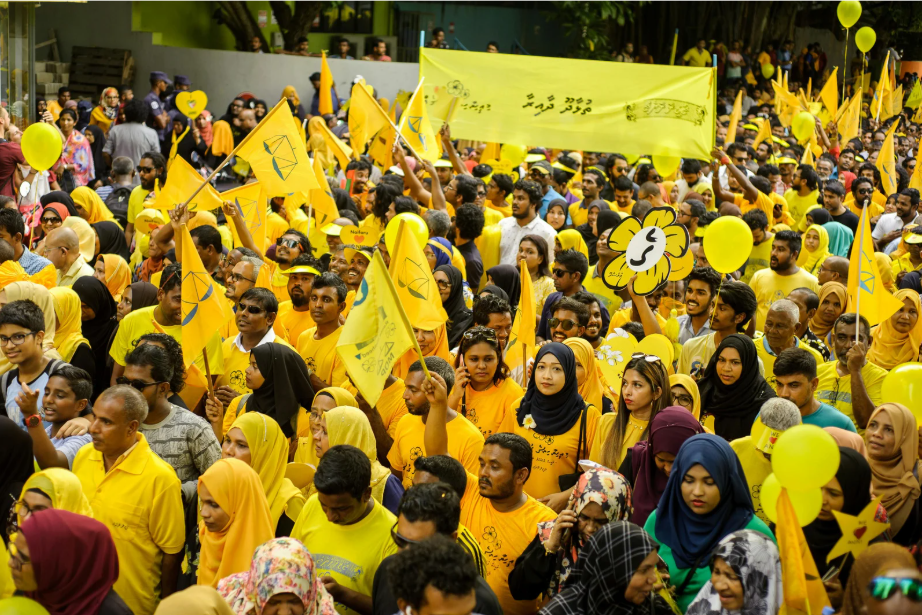Date first published: 02/10/2025
Key sectors: media; all
Key risks: civil unrest; disruptive unrest; political stability
Risk development
On 3 October at least eight people were arrested as approximately 2,000 people, including former president Ibrahim Solih, marched against government corruption and curtailing of media freedoms in the capital, Male. Police deployed the use of riot shields, pepper spray and sonic weapons after protesters strayed from the approved route and threw rocks at security officials. The opposition Maldivian Democratic Party (MDP) denounced the “disproportionate use of force” and called for those arrested to be released. While protests have since subsided, the Media Regulation Law – which protesters and media advocacy groups strongly denounced – remains in effect, with no anti-corruption reforms planned by the incumbent government.
Why it matters
The protests signal the first major challenge to President Mohamed Muizzu’s administration, which came into power on 17 November 2023. The protests indicate that the country is likely to be the Asia Pacific region’s next flashpoint for potentially violent, youth-led anti-corruption “Gen Z” protests, similar to those witnessed across Indonesia, Nepal and the Philippines between 11 August and 21 September. While protests in the Maldives have not led to damage among commercial assets to date, similar waves of unrest across the region have led to widespread destruction among assets linked to elites perceived as exacerbating social and economic inequalities. Should unrest in the country escalate, similar targeting of commercial assets, such as government-linked media outlets, cannot be ruled out.
Background
The Media Regulation Law – passed on 16 September and ratified on 18 September – greatly curbs media freedoms across the country. The law issues penalties to journalists and media outlets perceived as “spreading fake news, threatening public order or violating social norms”, with retroactive penalisation possible within the past year. Journalists and media groups have denounced the law, stating that it’s passage includes minimal consultation, insufficiently defines “social norms” and will be used to censor journalism critical of the government.
Protesters also voiced concerns over the growing centralisation of power in Male, away from local councils in outlying islands and atolls. On 16 August Muizzu ratified amendments to the Decentralisation Act within a week of its proposal, allegedly enabling minimal adequate consultation and feedback from local councils. The amendments erode power from local councils by prohibiting councils from charging rent from buildings providing public services and preventing them from – within their final year of leadership – leasing land or appointing new staff. Critics asserted that amendments to the Act restrict local councils’ ability to raise funds on a municipal level, and that the final-year restrictions prevent councils from making key decisions ahead of the 2026 local council elections.
Risk outlook
The risk of civil unrest will remain heightened in the coming months as youth groups seek to push back against chronic corruption, inequality and efforts to consolidate power around the national government in Male. Should protests intensify, it would lead the Maldives to potentially contribute to the regional youth-led, anti-corruption push as witnessed in Indonesia, Nepal and the Philippines since mid-August. The risk is likely to increase should the ruling Peoples’ National Congress (PNC) secure victory in the 2026 elections. While protests are unlikely to experience widespread disruption or violence, excessive use of police force may lead to an escalation in demonstrations. In the meantime, the Media Regulation Law is set to remain in place, presenting an increasingly difficult operating environment for journalists and media.

